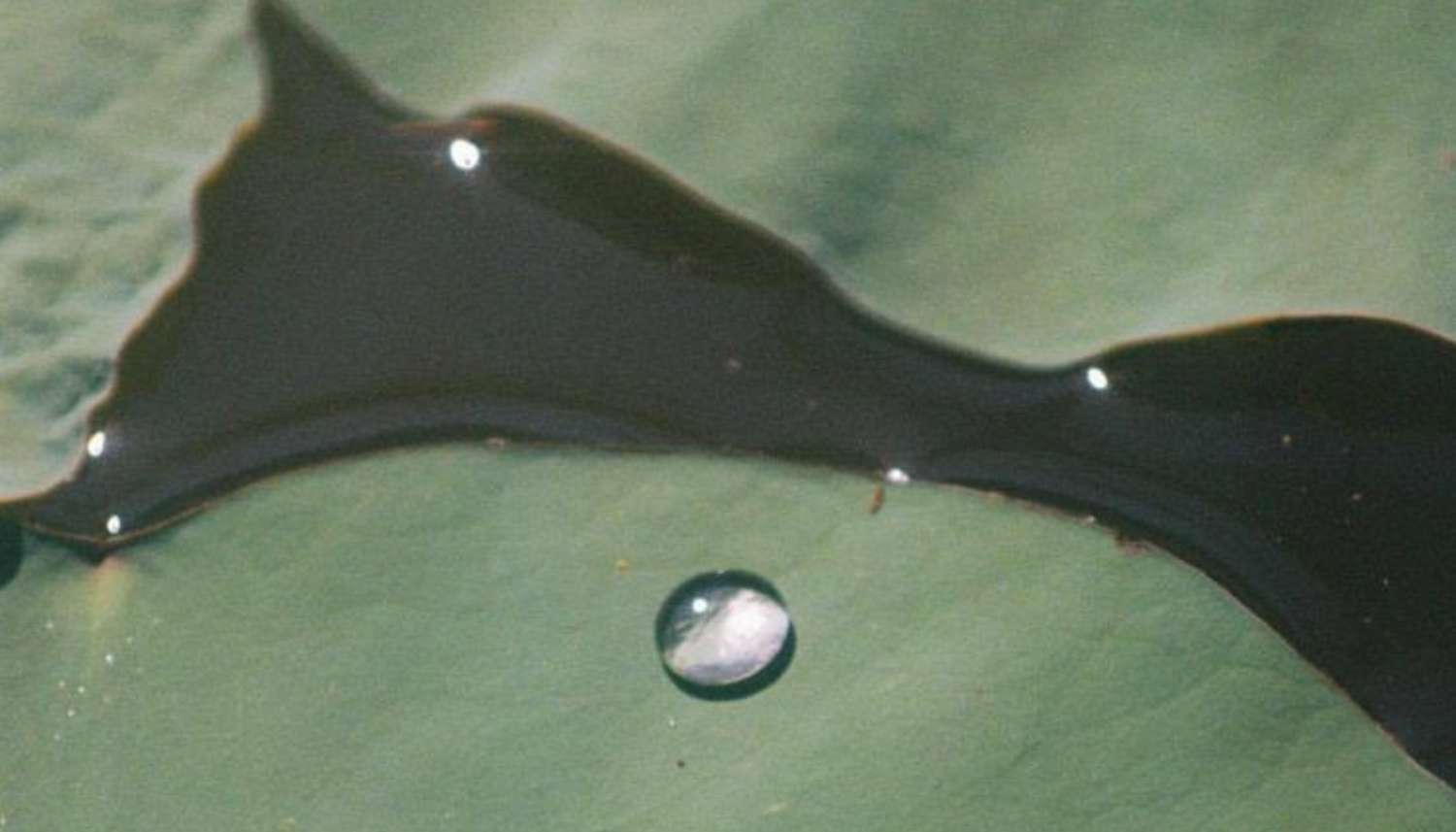Pampering your skin and taking care of your overall health shouldn't be complicated.
This cheat sheet with skin care terms will help you decode key ingredients and concepts used in the cosmetics community.
Antioxidant: Substances that help prevent or slow damage to cells caused by free radicals. Free radicals are unstable molecules that the body produces in reaction to environmental and even internal stressors or aggressors. Antioxidants are free radical scavengers that protect from oxidative stress, which alters the skin’s natural repairing process, triggers inflammation, and leads to premature aging. They neutralize free radicals by giving or "sacrificing" some of their own electrons and therefore “switching off free radicals”.
Aquaporins: Also called water channels, are proteins that channel the flow of important hydrating substances to the skin’s upper layers.
Emollient: Usually lipids (fats), oils or silicones that fill empty spaces between dead skin cells and help flatten edges of cells, to make the skin feel and look smooth and soft.
Emulsifiers: Substances that help mix oil and water (or unlike ingredients), in order to have the right texture and keep them from separating in an emulsion.
Emulsion: a mixture of two or more liquids that are normally unmixable.
Flavonoids: A type of polyphenols, a diverse group of molecules responsible for protecting against UV damage, fighting against infection, and many other key roles. They have strong antioxidant properties and are often responsible for the colors in many fruits, vegetables, and flowers. These compounds usually protect from oxidative and environmental stress.
Humectants: Moisturizing agents that draw water from the environment to the skin or from the dermis (a deeper layer of the skin) to the Stratum Corneum (outer layer of the skin). Humidity plays a big role on how humectants work.
Natural Moisturizing Factor (NFT): Collection of components that occur naturally in the skin. These are a variety of humectant and moisturizing ingredients, including free amino acids, PCA, inorganic salts, sugars, urea, lactic acid, hyaluronic acid, among other fatty acids, triglycerides, etc. The NMF’s role is to maintain adequate skin hydration. A properly hydrated SC leads to: maintained plasticity of the skin; damage protection; proper process of desquamation; optimum SC barrier function.
Phenolic Compounds: Phytochemicals found in most plant tissues, produced in response to different stresses such as infections, wounding, ultraviolet (UV) irradiation, ozone, pollutants, etc.
Phytochemicals: Chemical compounds produced by plants (fruits, vegetables, flowers, etc.) They usually have pharmacological properties and health benefits. In the plant, phytochemicals play key roles in plant growth and defense against competitors, pathogens, or predators.
Skin-conditioning agent: Ingredients that reduce flaking and restore suppleness in dry or damaged skin to enhance its appearance.
Solvents: Compounds, usually liquids, that are used to dissolve other substances.
Stratum Corneum: Often called the Skin Barrier, the SC is the outermost layer of epidermis. Read more about this incredible structure here.
Sylimarin: A mixture of several flavonolignan molecules. The compound has been under study for its potential benefits when it comes to pancreas, liver, lungs, blood circulation, and anti-inflammatory health. Little research has been done or found in the context of cosmetics and skin health.
Texture Agents: Polymers or lipid derivatives that improve the consistency, touch, and feel of cosmetic products.




